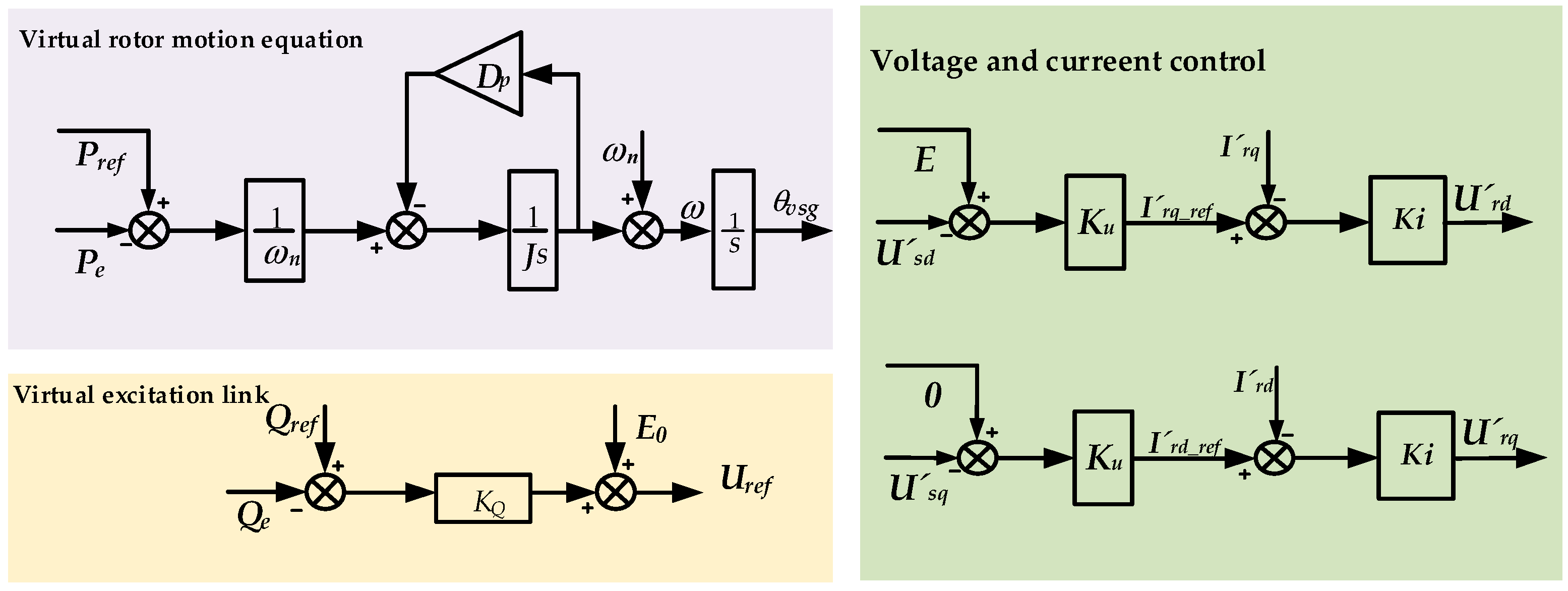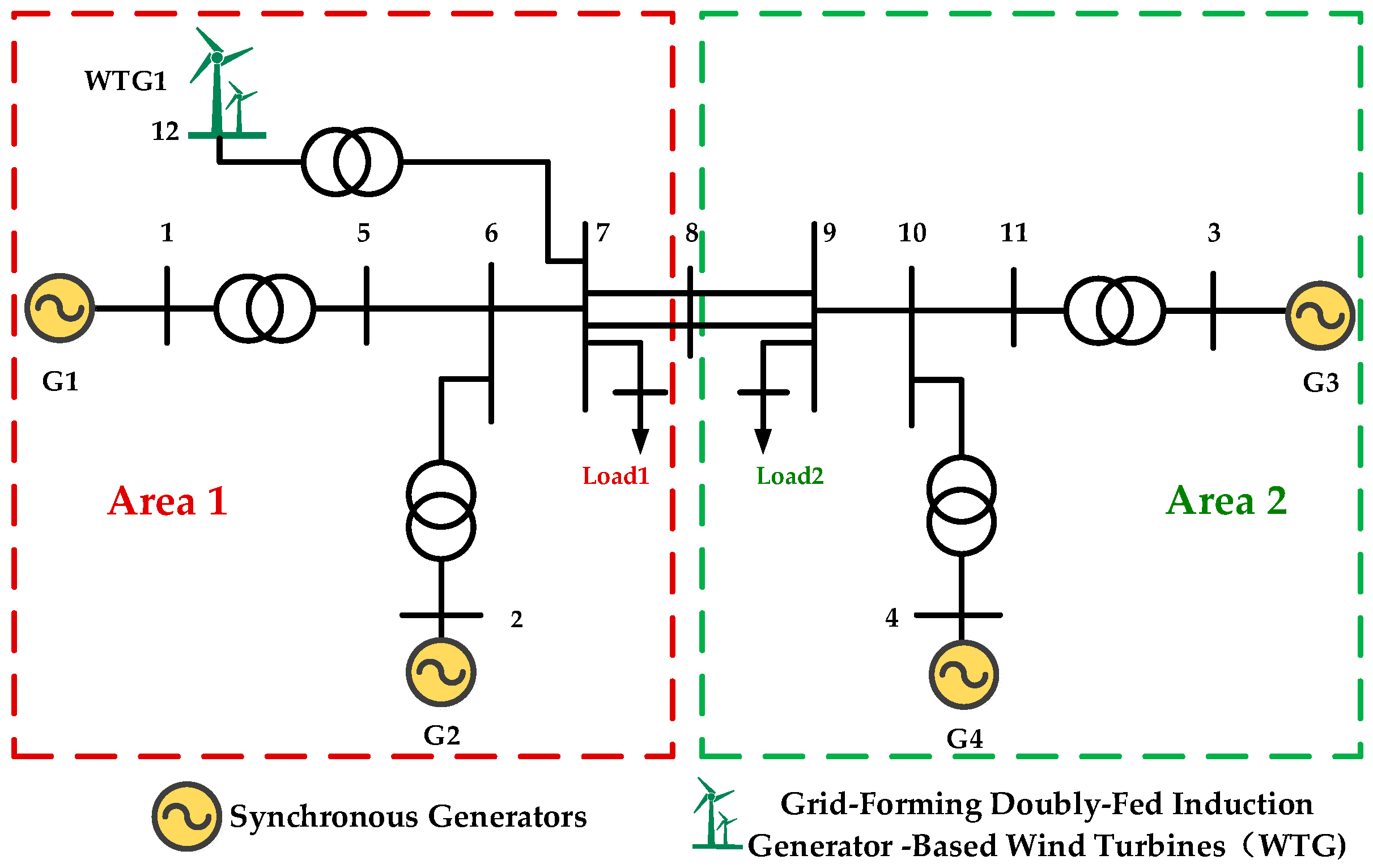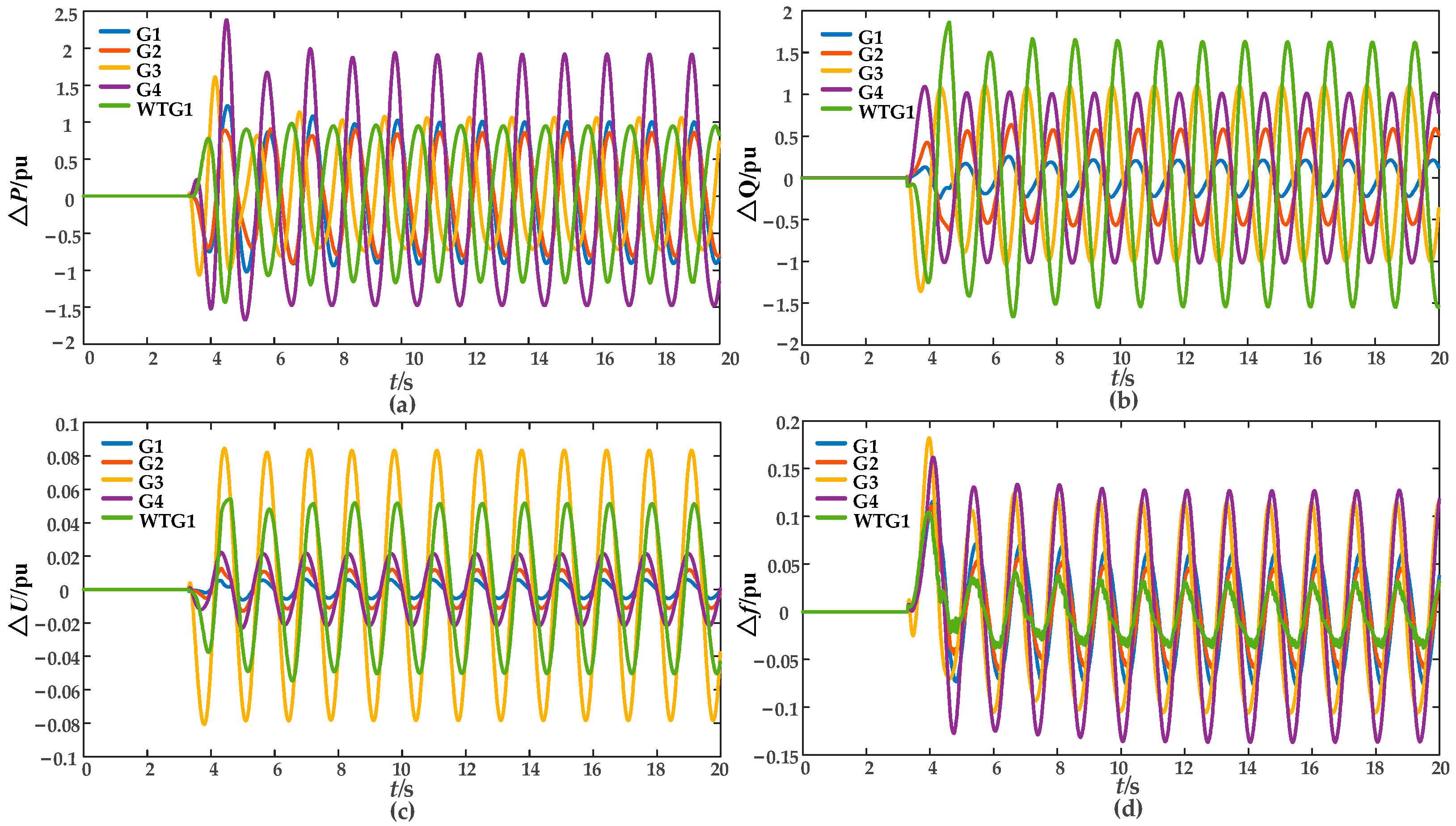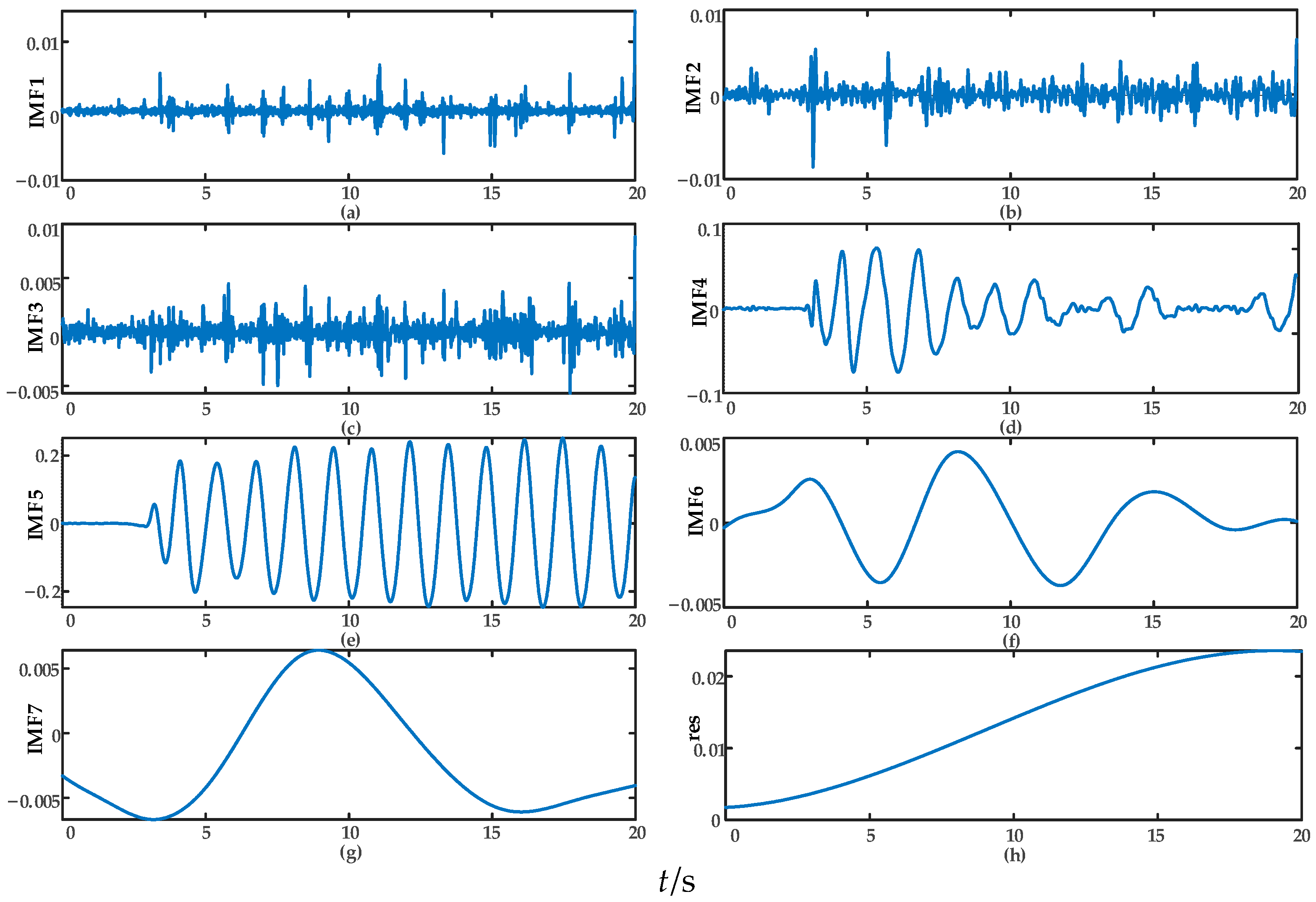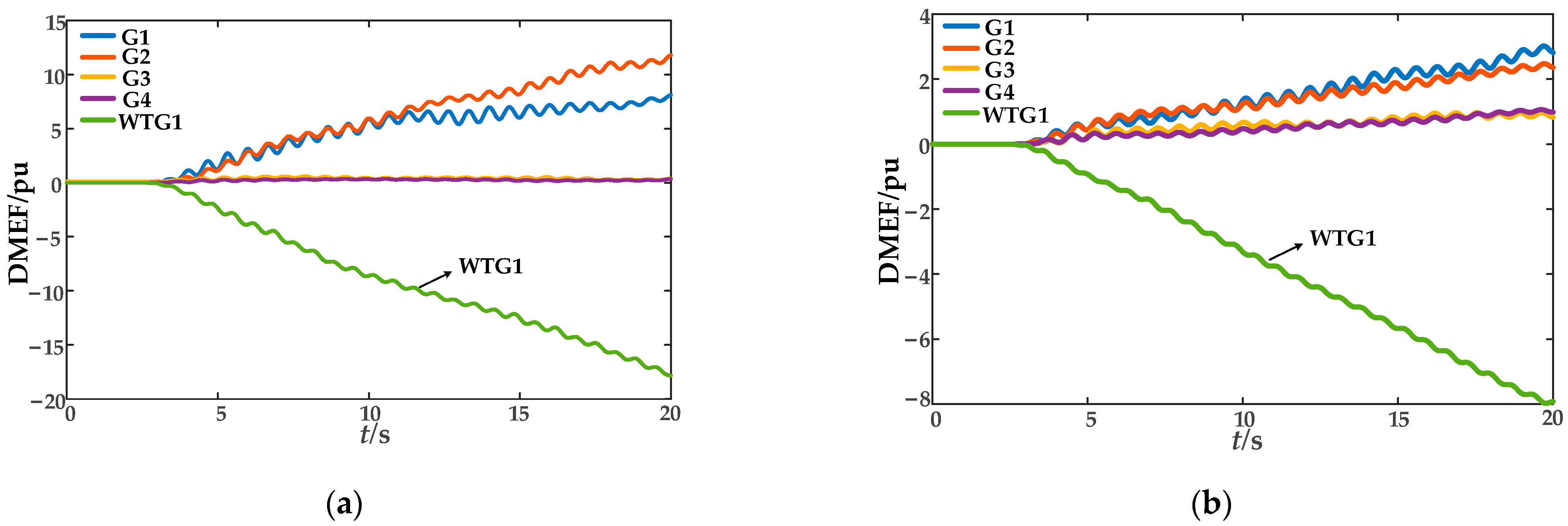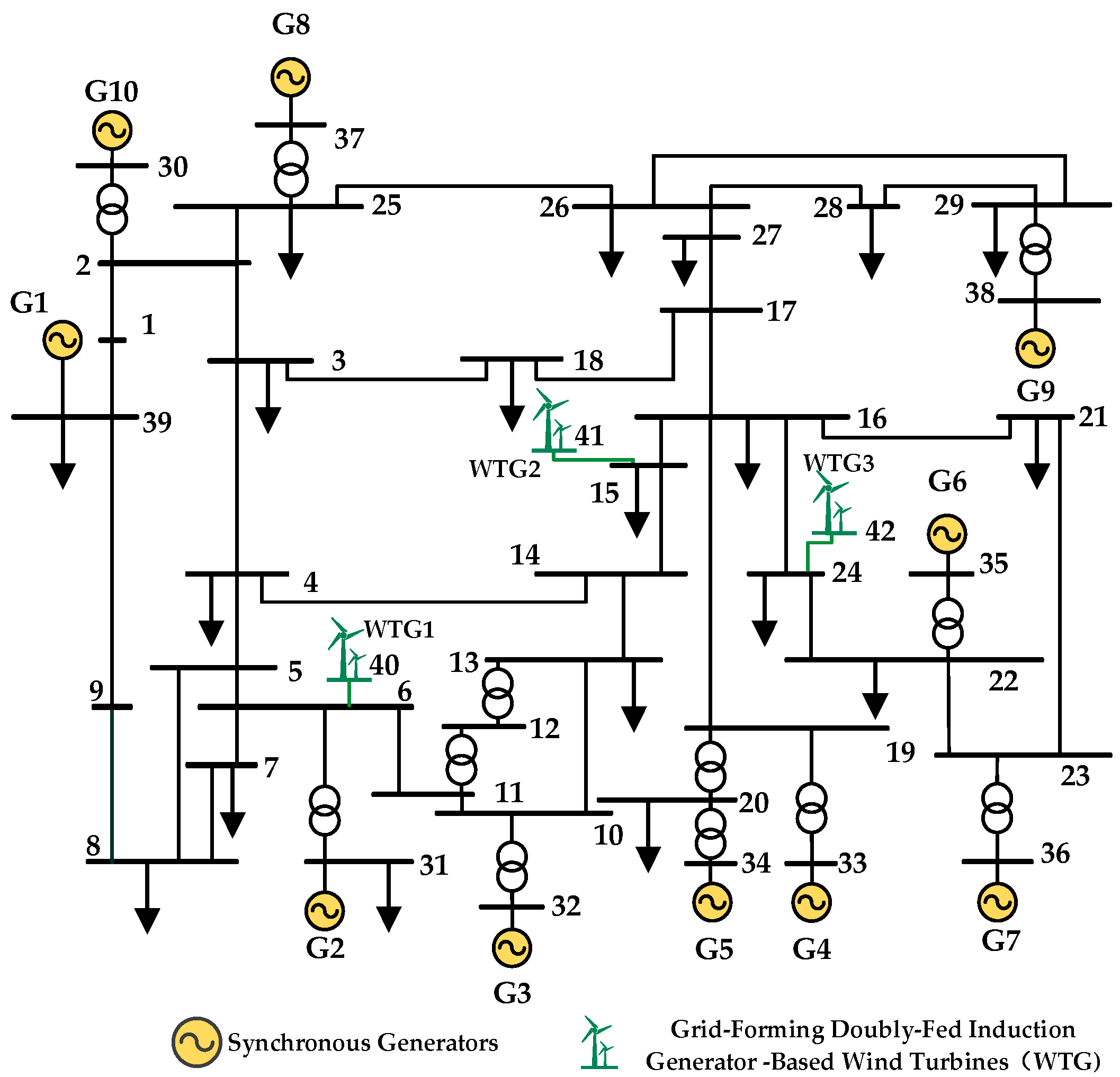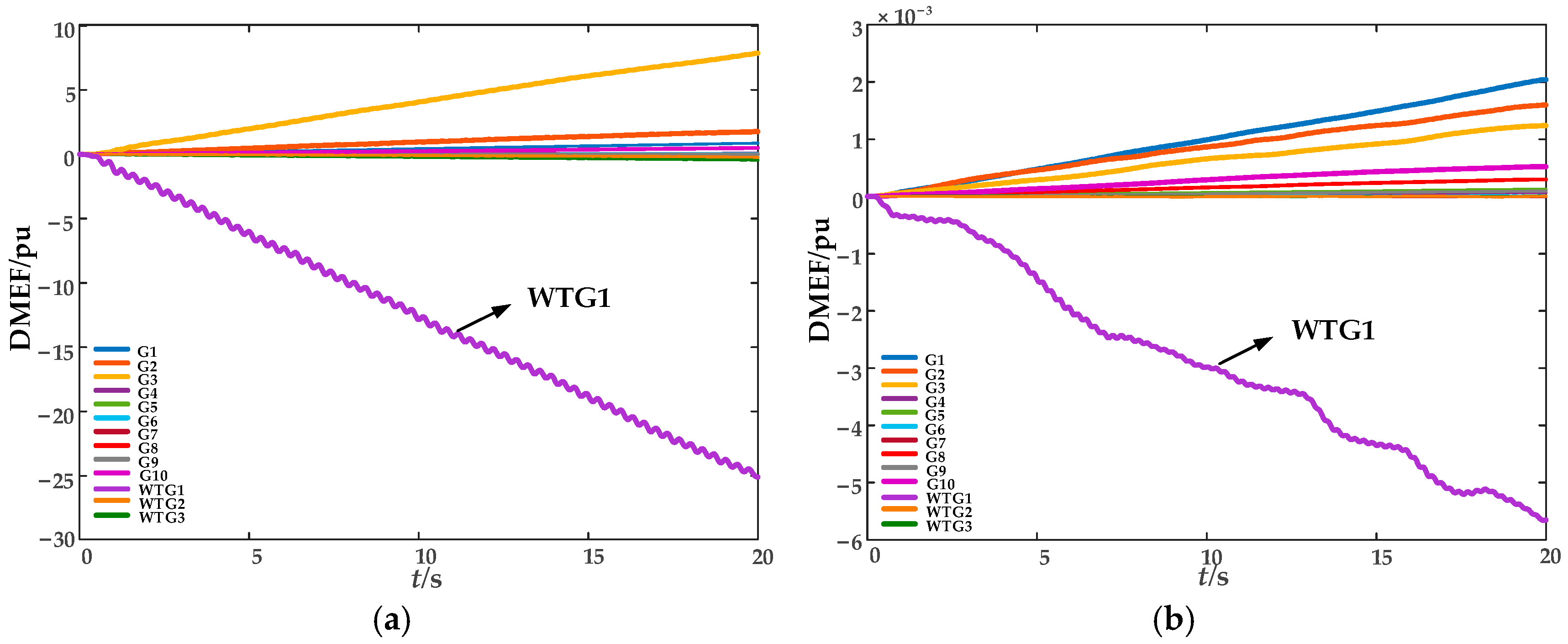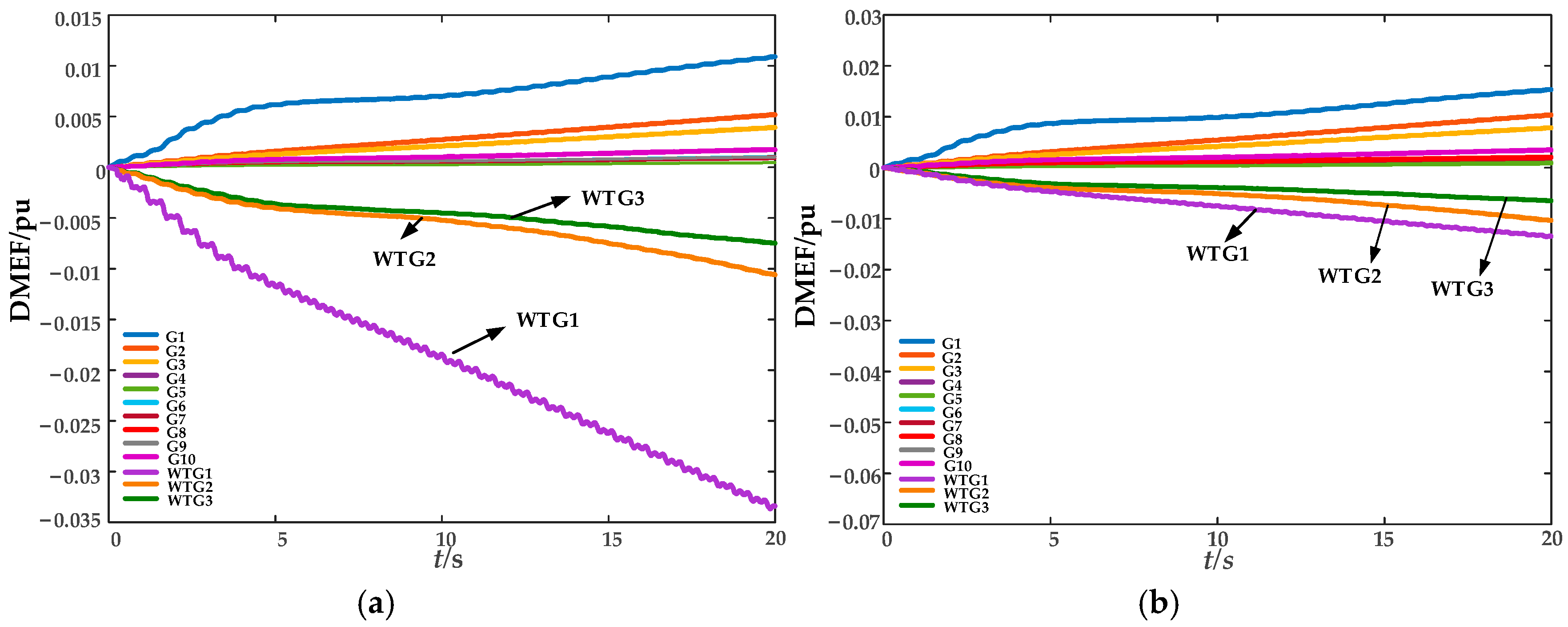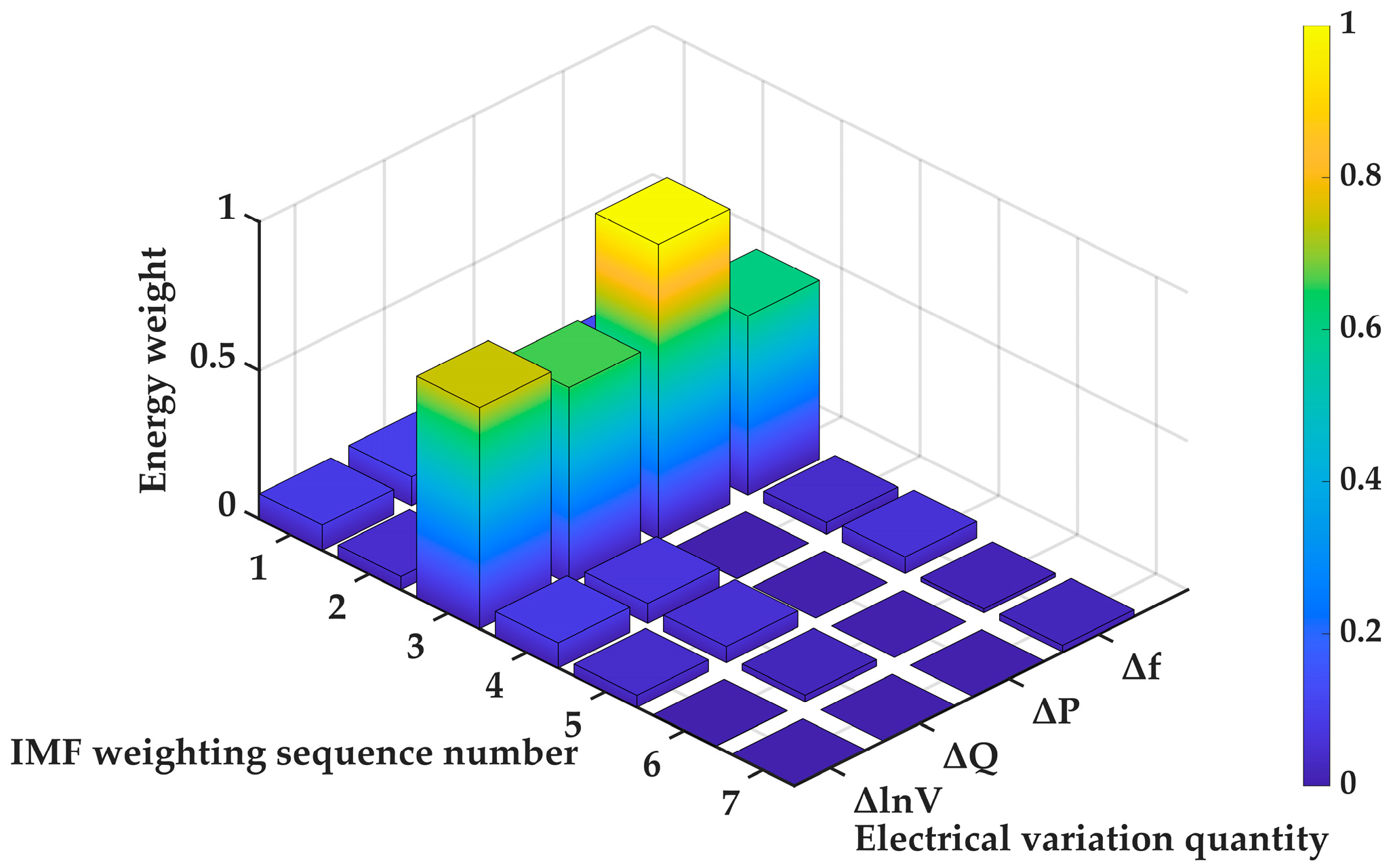When forced power oscillations occur in a power system, the disturbance source continuously injects oscillatory energy into the grid, while other devices absorb energy. Based on this physical mechanism, the accurate localization of the disturbance source can be achieved by analyzing the dissipative energy flow characteristics at the terminals of each generator. While conventional dissipative energy flow methods perform well in traditional systems dominated by synchronous generators, their application in power systems with a high penetration of grid-forming wind turbines faces significant challenges. Grid-forming wind turbines are integrated via power electronic converters, which exhibit fast control dynamics and a wide frequency bandwidth, often introducing broadband oscillatory components. Furthermore, the switching characteristics of power electronic devices introduce high-frequency noise and harmonics into the measured signals. These factors cause traditional methods—which compute energy flow directly from raw measurements—to be highly susceptible to interference from non-oscillatory modes and noise, leading to degraded localization performance and even misidentification [
25]. Therefore, it is necessary to enhance traditional dissipative energy flow methods by incorporating more advanced signal processing and energy extraction strategies. Such improvements are essential to increase the localization accuracy and robustness of dissipative energy flow-based methods in systems integrated with grid-forming wind turbines.
3.1. The Theory of Forced Oscillation Based on Dissipative Energy Flow
Building on these characteristics, reference [
15] utilized wide-area measurement data from the power system and proposed for the first time a method for locating forced oscillation sources based on dissipative energy flow. In this method, the dissipative energy flow transmitted from node
i to generator
j through branch
Lij is defined as:
where Δ
Pij and Δ
Qij correspond to the changes in active and reactive power on branch
Lij relative to the steady-state value; Δ
and Δ
fj represent the changes in the voltage phase angle and frequency of generator
j relative to the steady-state value; Δln
Uj represents the change in the logarithm of the voltage amplitude of generator
j relative to the steady-state value.
In this paper, the direction of dissipative energy flow into a generator is defined as positive. The identification of oscillation sources is performed by analyzing the variation trend of the dissipative energy flow curve calculated using Equation (7). If the slope of a generator’s energy flow curve is negative, it indicates that the generator is exporting oscillatory energy to the grid and is thus identified as an oscillation source; if the curve exhibits a rising or constant trend, the generator is classified as a non-oscillation source.
3.2. Modal Decomposition Based on ICEEMDAN
Based on the above analysis, when forced oscillations occur in a power system, the distribution of dissipative energy flow across system branches can be calculated using wide-area measurement data, enabling accurate localization of the disturbance source. However, in addition to the primary information related to forced oscillations, the measured data also contain substantial interference components, which can significantly degrade the localization accuracy of the dissipative energy flow method. Therefore, it is imperative to develop an effective approach for accurately extracting the dominant forced oscillation components from wide-area measurement information.
To address this, this paper introduces the ICEEMDAN algorithm to process wide-area measurement data through modal decomposition. Building upon Empirical Mode Decomposition (EMD) and Complete Ensemble Empirical Mode Decomposition with Adaptive Noise (CEEMDAN), this improved method incorporates Gaussian white noise decomposed by EMD and uses the local mean of the noise as the residual for the current iteration. The intrinsic mode functions (IMFs) are then derived from the differences between successive residuals. This mechanism significantly suppresses mode mixing and reduces residual noise, resulting in IMF components with greater physical clarity and stability, thereby enabling more accurate separation of distinct oscillatory modes [
21]. Furthermore, ICEEMDAN retains the inherent advantages of EMD-based methods in processing nonlinear and non-stationary signals while achieving enhanced decomposition stability and accuracy, thereby providing a more reliable foundation for subsequent forced oscillation source localization.
The specific decomposition steps of ICEEMDAN for the measurement signal Pij(t) of the power system are as follows:
- (1)
Introduce two operators: Ek(·) and A(·), where Ek(·) denotes the k-th IMF component obtained by applying EMD to Pij(t), and A(·) represents the local mean of the signal.
- (2)
Add adaptively scaled Gaussian white noise (preprocessed via EMD) to the original signal Pij(t)to form the modified signal for branch Lij:
where
is the i-th realization of Gaussian white noise, and
controls the signal-to-noise ratio at the k-th stage.
- (3)
Compute the first IMF component. Obtain the first residual r1 by averaging the local means of all noisy realizations, then subtract it from the original signal to extract IMF1.
where Z represents the number of white noise groups.
- (4)
Calculate the second IMF component. Inject EMD-processed noise into the residual r1 compute the new local mean to obtain r2 and derive IMF2.
- (5)
Similarly, compute the k-th residual and the k-th IMF component iteratively:
- (6)
Repeat Step 5 until the residual becomes monotonic or no more oscillatory components can be extracted.
- (7)
Obtain all the eigenmode components of the active power Pij(t).
3.3. Extraction of the Key Mode Components of Forced Oscillation Based on ITEO
The ICEEMDAN algorithm adaptively decomposes the wide-area measurement signal into N IMF components, which contain oscillatory mode information at different time scales. However, aside from the key components representing the system’s dominant forced oscillations, the decomposition results often include noise, harmonics, and other non-dominant modal components. To achieve accurate localization of the forced oscillation source, it is essential to effectively identify and extract the IMF component corresponding to the dominant forced oscillation mode. Given that forced oscillations are essentially caused by the continuous injection of energy from an external disturbance, the associated IMF component typically exhibits a high energy level. Therefore, key modes can be screened based on an energy criterion [
26].
The Teager Energy Operator (TEO) is a nonlinear operator capable of tracking instantaneous variations in the frequency and amplitude of a signal. It can accurately compute the energy of different oscillatory components, thereby demonstrating significant advantages in identifying and extracting oscillation features from measured signals [
27]. For a continuous-time signal
, the TEO for its discrete sampled version
is defined as follows:
The discrete form of the
k-th IMF component obtained by decomposing the signal using ICEEMDAN can be expressed as:
where ω = 2π
f0/
fs;
f0 represents the fundamental frequency,
fs represents the sampling frequency, and φ represents the initial phase. By substituting these values into Equation (12) and calculating for three adjacent points, we can obtain:
By solving the system of Equation (13) simultaneously, we can obtain:
When
, then there is
. Therefore, the instantaneous energy value at the sampling point n can be expressed as:
As shown in Equation (16), the energy of a signal is influenced not only by its amplitude but also by its frequency.
However, the conventional TEO exhibits significant limitations in practical engineering applications. Real-world power system signals are often contaminated by noise, transient components, and nonlinear oscillations, which can severely distort energy estimation under high-noise conditions and consequently affect the correct selection of key IMF components.
To overcome these drawbacks, this paper introduces a resolution parameter
i to extend the computation window, defined as follows:
It can achieve selective processing of different frequency components by adjusting the parameter i. To clarify its frequency selection characteristics, for the signal, substitute n − i, n, and n + i:
Similarly, by solving simultaneously, we obtain:
This result indicates that the output of ITEO depends simultaneously on the amplitude
A, angular frequency ω and parameters. For the typical forced oscillation in power systems, its value is relatively small and satisfies when
it is approximately equal to
. Equation (18) can be expressed as:
Under these circumstances, ITEO not only accurately characterizes the amplitude-frequency energy of the signal, but also explicitly enhances the low-frequency components through coefficient i2, thereby improving the detection sensitivity for forced oscillations. Similarly to the constraints of TEO, the upper limit of the value of i is derived as i < fs/8f0.
On the other hand, for the high-frequency noise components, since the value is relatively large, it oscillates within the range of [−1, 1]. This results in:
Compared with the traditional TEO, ITEO effectively suppresses the energy contribution of high-frequency noise, thereby achieving significant frequency selection characteristics and anti-interference capabilities.
Based on this, the energy value of ITEO for each IMF component at all sampling points within the measurement window is calculated, and the results are summed up. The calculation formula is as follows:
where
Ek represents the ITEO energy value of the
kth IMF component;
M is the total number of sampling points of this IMF component. After calculating the ITEO energy values of each IMF component, the dominant IMF component of forced oscillation is determined based on the size of its energy weight value. The definition of energy weight can be expressed as:
where
N represents the total number of IMF components obtained from the initial signal decomposition.
In this way, the extracted key IMF components can more reliably reflect the main characteristics of the forced oscillation in the power system and ultimately provide an effective basis for the location of the forced oscillation source.

